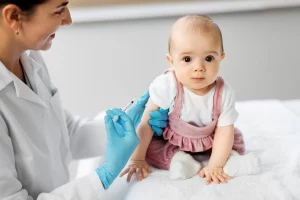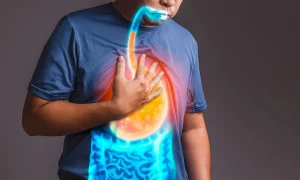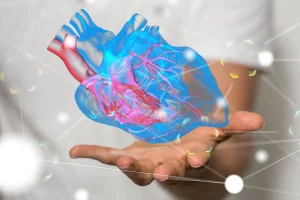Following an enormous jump in children’s exposures to toxic liquid nicotine from electronic cigarettes, the rate dropped in just one year, new research reveals.
But too many young kids are still being exposed to liquid nicotine, experts say. Among cases that ended up in the emergency department, 93 percent had swallowed the substance.
The annual rate of exposures skyrocketed by nearly 1,400 percent from 2012 to 2015, then fell by 20 percent from 2015 to 2016, the researchers said.
“It’s a step in the right direction and something we should be happy about, but these numbers are still too high,” said study author Dr. Gary Smith.
“We’ve still got a lot of work to do, because these exposures are still occurring and we know there are other things we can and should do to reduce exposures in young kids,” said Smith. He is director of the Center for Injury Research and Policy at Nationwide Children’s Hospital in Columbus, Ohio.
One thing Smith suggested was to take steps that go beyond 2015 legislation that requires child-resistant packaging for liquid nicotine. The legislation likely contributed to the decline in exposures, the study authors noted.
Electronic cigarettes, known as e-cigarettes, are handheld devices that emit a vapor containing nicotine, flavoring and solvents that users inhale. As e-cigarette use has grown steadily since their introduction in the United States in 2007, so has exposure to the liquid nicotine they contain.
Smith and his colleagues tracked calls to U.S. poison centers about exposures to liquid nicotine and e-cigarettes among children younger than 6, and found that nearly 8,270 exposures took place from January 2012 through April 2017. That number averaged out to 129 calls per month, or more than four per day. Children younger than 3 accounted for 84 percent of the exposures.
And the health consequences of liquid nicotine exposure from e-cigarettes can be dire, Smith warned.
Affected children are more than five times as likely to be admitted to the hospital, and 2.6 times more likely to experience a serious medical outcome compared to children exposed to traditional cigarettes, the findings showed.
“And that makes sense because we know nicotine is a very toxic substance and even in small amounts can cause severe clinical effects, including coma and seizures,” Smith said. “So it’s an important poison, and I think many consumers don’t realize that.”
Dr. Barbara Pena is the research director in the emergency department at Nicklaus Children’s Hospital in Miami, and wasn’t involved in the new research. She was pleased to see the rate of calls to poison control centers has declined for children exposed to liquid nicotine.
“Taking 20 percent from 1,400 percent isn’t a lot, but at least it’s going in the right direction,” Pena said.
She and Smith agreed that the public misconception that nicotine isn’t harmful needs to be dispelled. They urged parents and caregivers who use e-cigarettes to store them in a locked place out of reach and sight from young children.
“Would you leave cigarettes around a kid or a bottle of alcohol around a toddler?” Pena asked. “No, and you shouldn’t do this either.”
Smith said he believes the legislation requiring child-resistant packaging for liquid nicotine — which is often sold in fruit flavors and brightly colored packaging that appeals to children — is just the first step in regulating the product.
Flow restrictors, such as those already in use on some children’s over-the-counter fever-reducing drugs, are “a step that can easily be taken with liquid nicotine bottles, and should be done,” he said.
The amount and/or concentration of liquid nicotine in each package could also be reduced, Smith added, since even a small amount can represent a lethal dose to children.
Additionally, he said the U.S. Food and Drug Administration should consider regulating the labeling used on liquid nicotine packages and limiting the flavors available.
“The main thing we can do is to look at further steps to limit access and decrease the attractiveness of liquid nicotine to young children,” he said.
The new research was published online April 23 in the journal Pediatrics.
More information
The American Association of Poison Control Centers offers more information on liquid nicotine exposures.
Source: HealthDay
Copyright © 2025 HealthDay. All rights reserved.

















